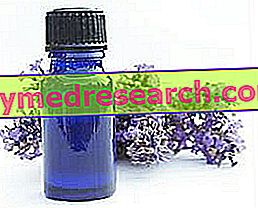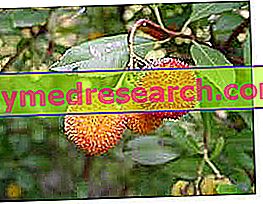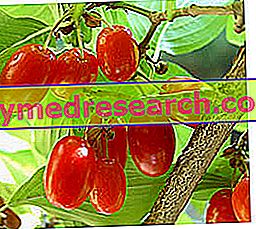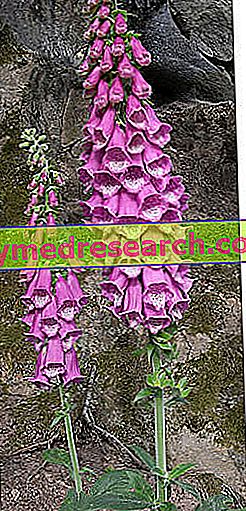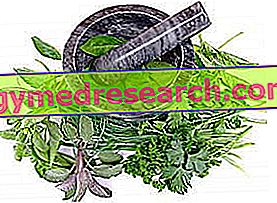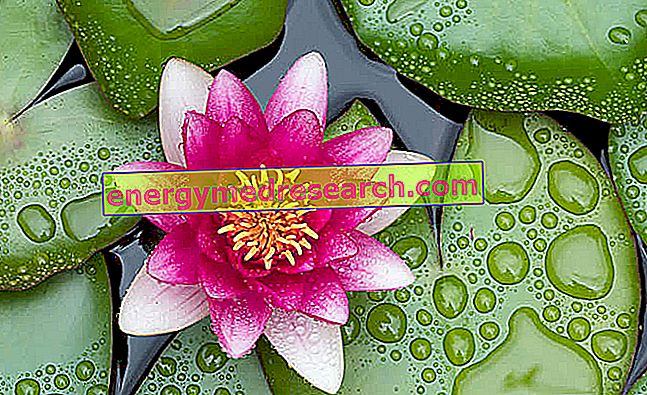Alopecia: definition Alopecia not only portrays a problem related to age, which affects a large part of the population, but is considered an effective insult to its image. Sometimes, the psychological repercussions associated with hair loss are far more serious than the physical consequences. Alopecia is a multifactorial problem, that is triggered by several causes, such as pathologies, stress, autoimmune diseases, traumas and psoriasis; also physiological factors certainly influence and aggravate alopecia, such as advancing age and hormonal change (androgenetic alopecia): within the hair of th
Category herbalist's shop
Introduction Imagine a sort of giant cherry, with yellow and fleshy pulp, with a grainy surface covered with rigid tubercles: it is under this garment that the strawberry trees , fruits of the homonymous plant known in botany as Arbutus unedo , appear. In the spoken language, the strawberry tree is also famous as an albatross : it is a small tree or, better to say, a bush, belonging to the same family as the bilberry, the Ericaceae
Introduction A reference model of the genus Cornus , the cornel tree is a shrub or small tree, a fruit which can be easily found at the edge of woods and forests that grow in temperate climate regions. Dogwood is currently used in the officinal sector for its purely astringent and tonic virtues, but its use is also known in the building sector
Generality The ginger decoction is a liquid preparation obtained from the rhizomes of the same plant. Numerous properties are ascribed to this particular type of preparation, attributed to the richly contained active ingredients in the rhizome. The latter, in fact, constitutes the plant's drug , ie it represents that part of the plant used (pure or treated) for therapeutic purposes (approved or not)
Scroll down the page to read the summary table on digital Digitalis purpurea Titles the chapter on digital drugs → rich in cardioactive glycosides and saponins Digitalis purpurea and dangerousness Prohibited in phytotherapy because toxic → opium of the heart Admitted in medicine: prescribed by doctors → the patient must be constantly monitored Genre: Digitalis Digitalis purpurea : Digitalis purpurea subsp. Purp
Digital toxicity The Digitalis purpurea (popularly called digital) is the title of the chapter on digital drugs, characterized by a precise class of active molecules: saponins and cardioactive glycosides. The refined and elegant appearance of the Digitalis purpurea flowers should not be misleading: because of the very particular molecular composition, the use of Digitalis purpurea , in phytotherapy, is prohibited because it is toxic
Introduction Freckles fall into the category of benign skin disorders, which do not bring any consequences in the body. These roundish brownish spots represent, for all intents and purposes, only a problem of appearance, which afflicts many people, particularly women, with fair complexions and blond or red hair
Premise Concern, pain, embarrassment, itching and bleeding: these are just some of the psychological and physical repercussions that can result from the "appearance" of hemorrhoids or, better to say, the inflammation of the hemorrhoidal plexus that surrounds the anal orifice. As already analyzed several times in the various articles dealing with the hemorrhoid disorder, the search for the causes is decidedly intricate, considering that it is almost impossible to find an unequivocal triggering factor: to the hemorrhoids are connected liver disorders, constipation, tumors, sedentary lif
Introduction Catnip - scientific name Nepeta cataria - is a perennial herbaceous plant belonging to the Lamiaceae family. Nicknamed catnip due to the particular effects it produces in felines, Nepeta cataria is a plant that has found and is probably still used today in folk medicine . In the course of the article, therefore, the main characteristics and properties of the catnip will be described, its uses in folk medicine and the particular effects that the plant has on the much loved domestic cats
Introduction The lotus flower - considered sacred in Buddhism and Hinduism - is an aquatic plant belonging to the Nelumbonaceae family. More precisely, within this family we can distinguish two different species: The Nelumbo nucifera , better known as Asian lotus flower, sacred lotus , or Indian lotus ; The Nelumbo lutea , better known as the American lotus flower
What is phytotherapy? The term "phytotherapy" comes from the Greek "phytòn", which means "plant", but at the same time also "creature": it is curious how this double meaning hides a profound concept. The root, in fact, derives from the verb "phyto" (to generate and to be generated), which indicates the process of fertility, of creation: it is possible to notice an evident parallelism that unites a plant to being, that is, to man and life.

